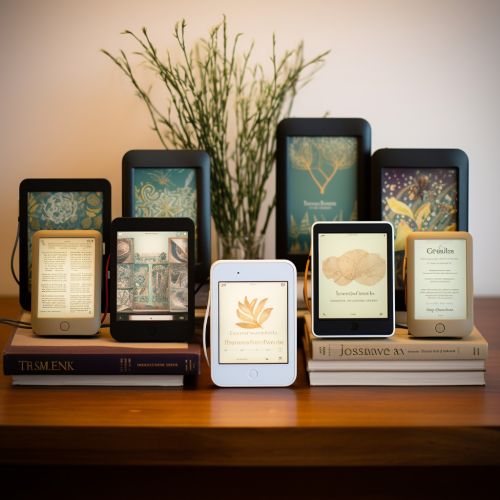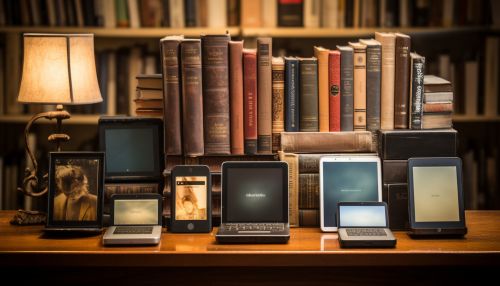E reader
Introduction
An e-reader, also known as an e-book reader or e-book device, is a mobile electronic device that is primarily designed for the purpose of reading digital e-books and periodicals. E-readers have a similar form factor to a tablet and usually refers to devices that use electronic paper resulting in better screen readability, especially in bright sunlight, and longer battery life when compared to a tablet. An e-reader's main advantage over an e-book application on a smartphone or tablet is that it is more portable, has better readability in sunlight and has significantly better battery life.
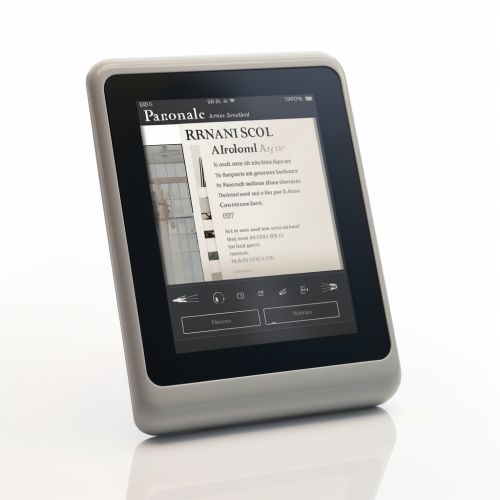
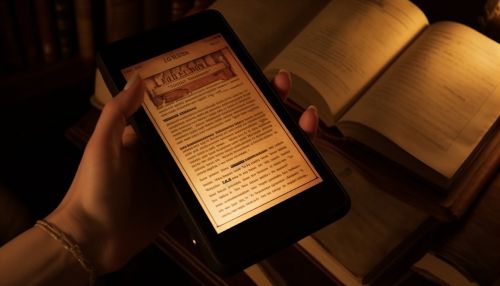
History
The concept of an e-reader that would enable a reader to view books on a screen was first proposed by Bob Brown after watching his first "talkie" (a movie with sound). In 1930, he wrote a book on this idea and titled it "The Readies", playing off the idea of the "talkie". In his book, Brown suggests that movies have outmanoeuvred the book by creating the "talkies" and, as a result, reading should find a new medium: "A machine that will allow us to keep up with the vast volume of print available today and be optically pleasing".

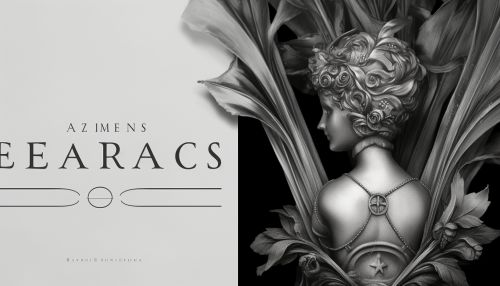
Technology
E-readers employ e-paper technology, which enables the device to mimic the appearance of ink on paper. Unlike traditional displays, e-paper does not require power to maintain a page of text, thus allowing for extended reading periods on a single charge.
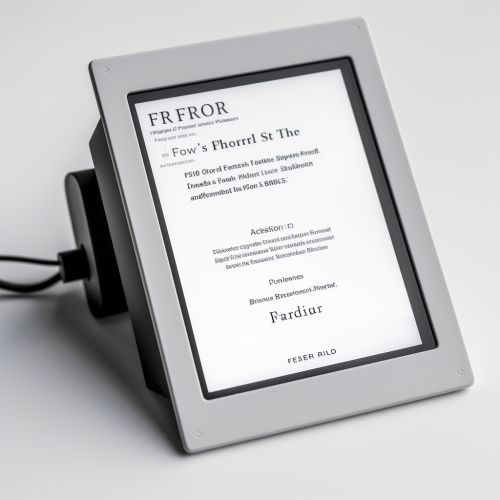
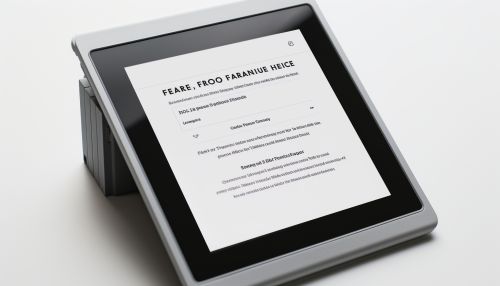
E-Paper Displays
E-paper was first developed in the 1970s by Nick Sheridon at Xerox's Palo Alto Research Center. The first e-paper, named Gyricon, consisted of polyethylene spheres between 20 and 100 micrometres across.
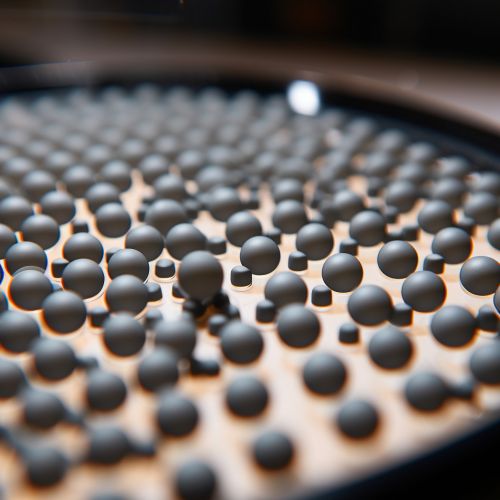

E-Ink
E-Ink Corporation is a company based in Cambridge, Massachusetts, that is a provider of electronic ink technology, which is used in most e-readers.
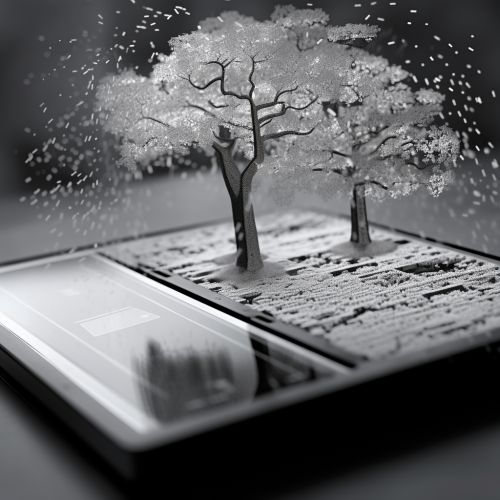
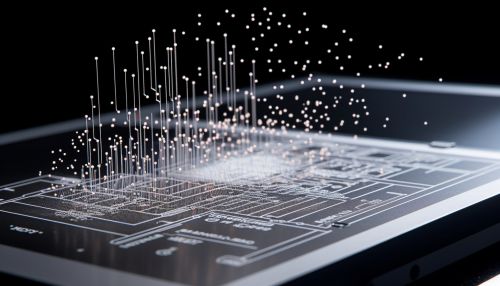
E-Reader Formats
There are several e-book formats that an e-reader might support, and some can also display other document formats.
